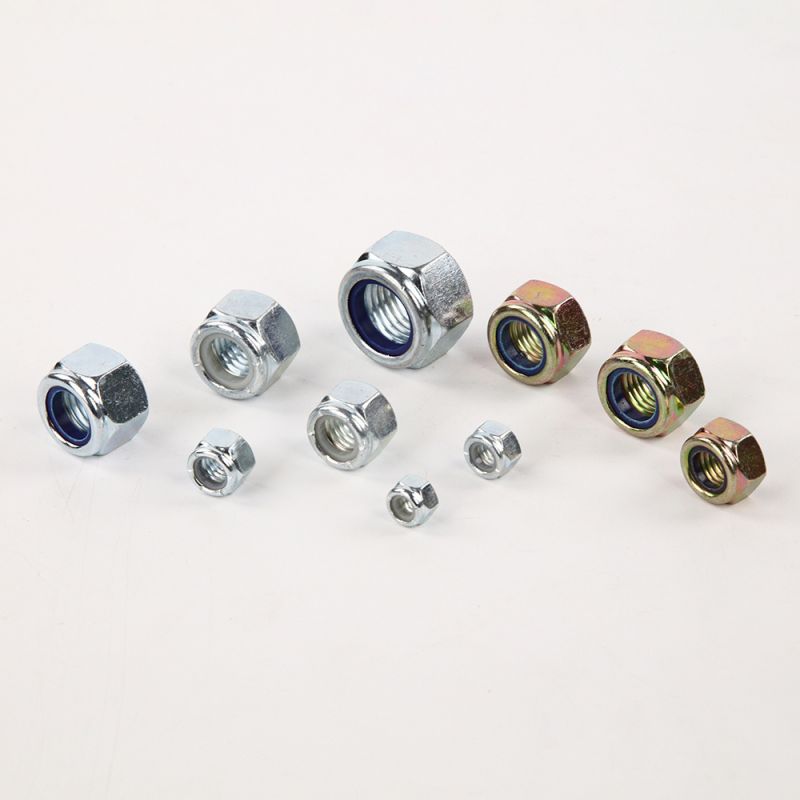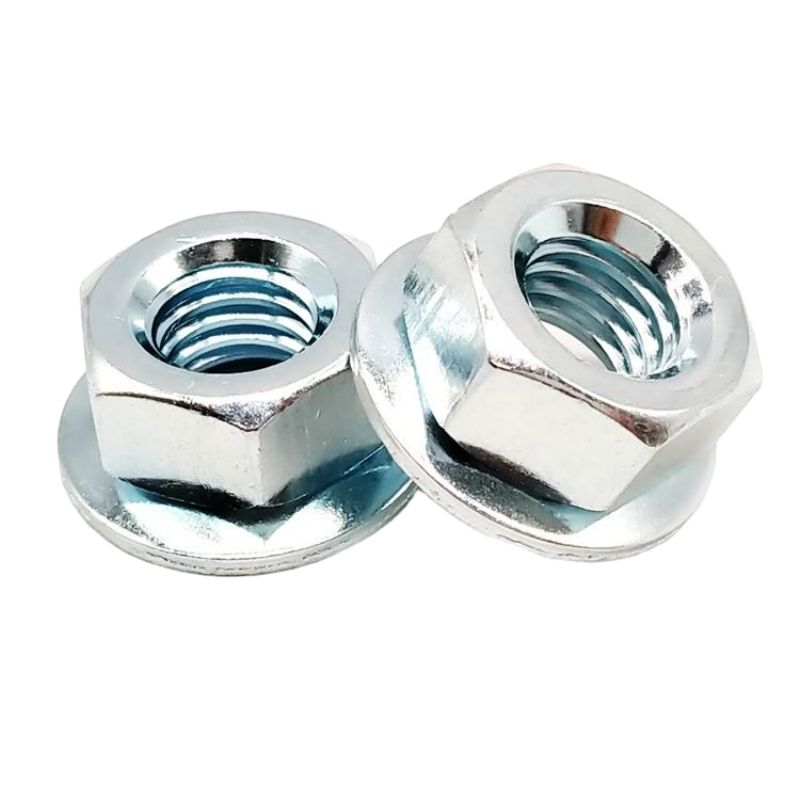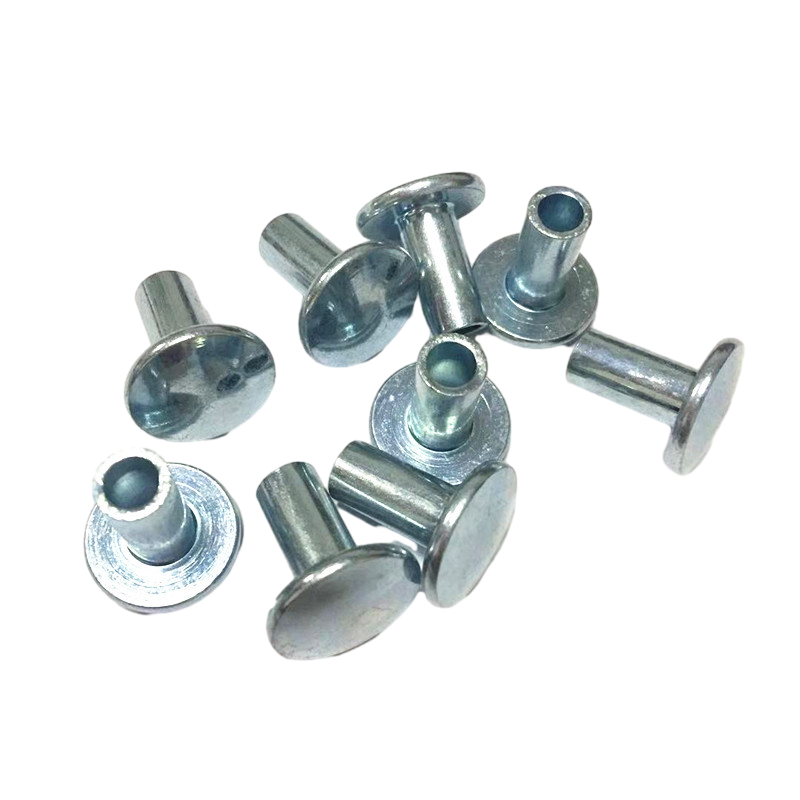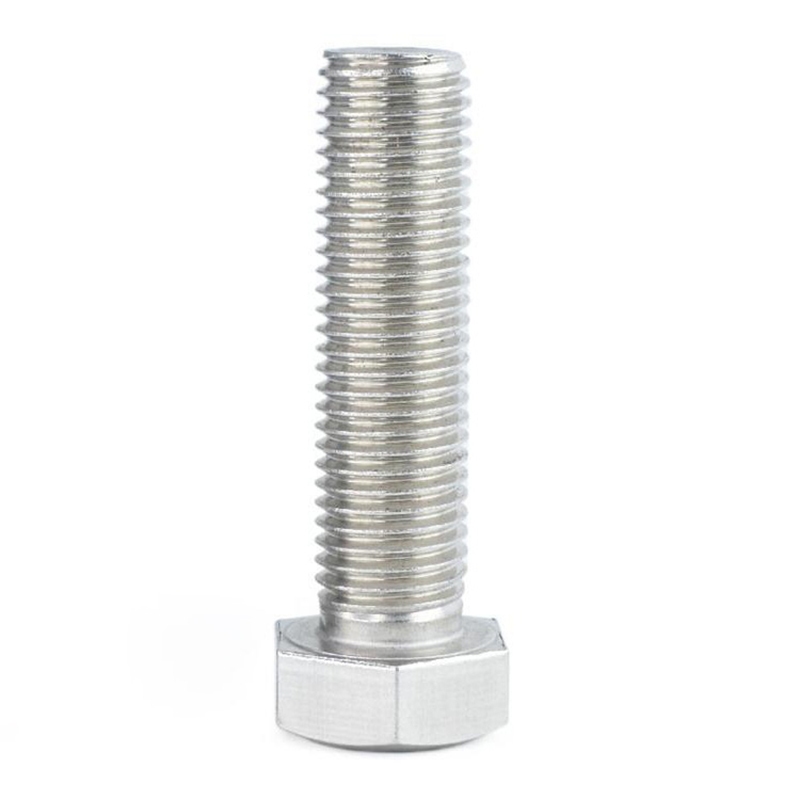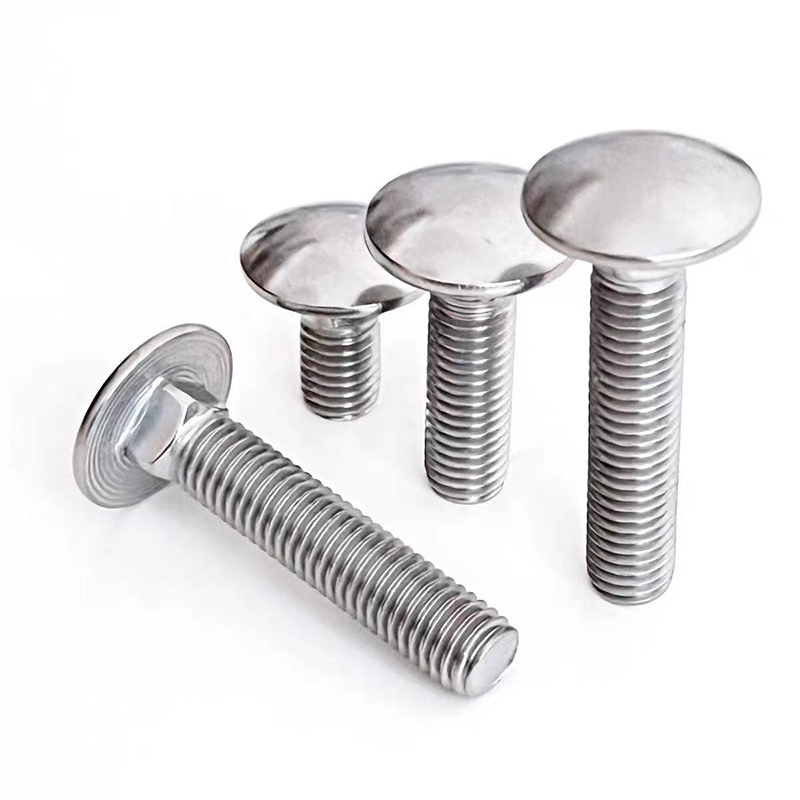From hanging a painting to installing an air conditioner outdoor unit, screws are essential connectors. But did you know that the lifespan and safety of a screw are determined by the material it's made of? Today, we'll break down five common screw materials, from household to industrial applications, to help you precisely match them to your needs!
Carbon steel
A cost-effective option, but keep away from moisture.
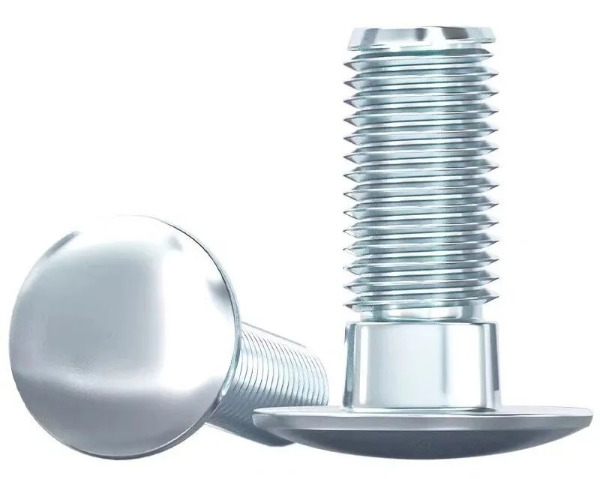
Carbon steel is the most basic screw material, and thanks to its competitive price, it dominates the home market. Its core strengths are high hardness and load-bearing capacity, but its fatal flaw is its sensitivity to moisture and rust.
Common types are categorized by carbon content: low-carbon steel (such as Q235, suitable for light fastening, like furniture backs), medium-carbon steel (such as 45-gauge steel, suitable for slightly higher loads, such as bookshelf shelves), and high-carbon steel (extremely hard, often used in industrial equipment).
The key to rust prevention is the surface coating! For home use, choose "colored zinc plating" or "black zinc plating," which are suitable for dry indoor environments. For short-term outdoor use, choose "hot-dip galvanizing," which offers greater rust resistance, but caution is advised against long-term exposure to rain.
Potential pitfalls: Avoid using in humid areas like bathrooms and kitchens! A user once used carbon steel screws to install a bathroom shelf, but it rusted through in less than six months, causing the shelf to fall apart.
304 Stainless Steel
A "Workhorse" for Home Rust Prevention
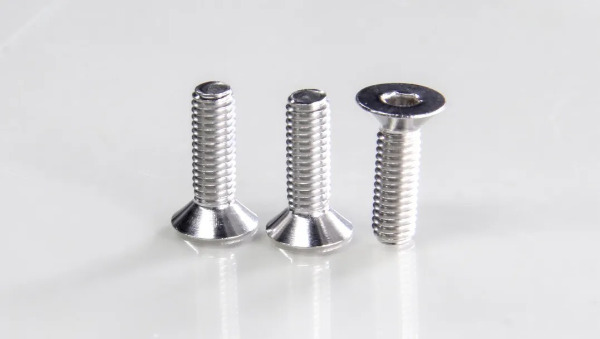
When it comes to stainless steel screws, 304 is undoubtedly the star performer. Its 8%-10% nickel content makes it far more rust-resistant than carbon steel, making it a top choice for home applications.
Applications
Balcony railings, air conditioner outdoor unit brackets, kitchen cabinet hardware, and more. It withstands daily rain and oil damage, and with normal use, it can remain rust-free for 8-15 years.
Identification Tips
In addition to looking for the "SUS304" marking on the screw head, you can also use a "magnet test" to help identify the screw. 304 stainless steel has very weak magnetic properties and is rarely attracted by magnets. If it has strong magnetic properties, it's likely a low-quality imitation.
Precautions
Although rust-resistant, it's not suitable for long-term exposure to salt spray (such as at the seaside), as this poses a risk of corrosion.
316 Stainless Steel
The "Best" for Extreme Environments

Even more advanced than 304 is 316 stainless steel. It adds molybdenum to 304, doubling its salt spray and corrosion resistance, making it a material specifically designed for extreme environments.
Core Applications
Outdoor fixtures (such as guardrails and awnings) at beachfront villas, fixtures around swimming pools, and equipment connections in chemical plants can withstand 15-20 years of stable use in high-salt, highly corrosive environments.
Price Tips
316 stainless steel screws are more expensive than 304. Don't blindly choose them for non-extreme applications to avoid waste.
Brass
Combining aesthetics and performance, specifically designed for special needs
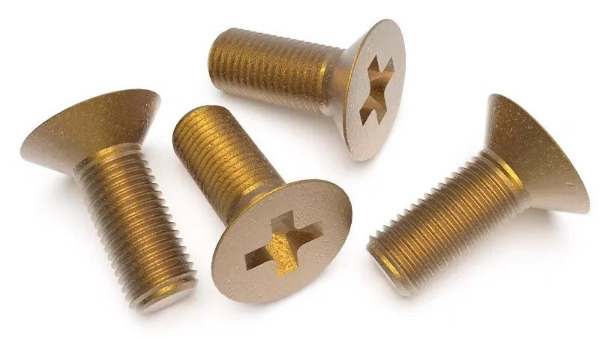
Brass screws have a natural golden sheen and are aesthetically pleasing. They also offer two distinct advantages: excellent electrical conductivity and resistance to electrochemical corrosion with copper fittings.
Best Applications
Appliance terminal blocks (for example, securing wiring to outlets and switches; their excellent conductivity reduces the risk of heat generation) and copper bathroom fittings (for example, connecting copper faucets to the wall to prevent corrosion and leaks).
Minor Disadvantages
They are less hard than carbon steel and stainless steel, making them unsuitable for applications with heavy loads. They are also more expensive.
Aluminum Alloy
Lightweight and suitable for specific scenarios
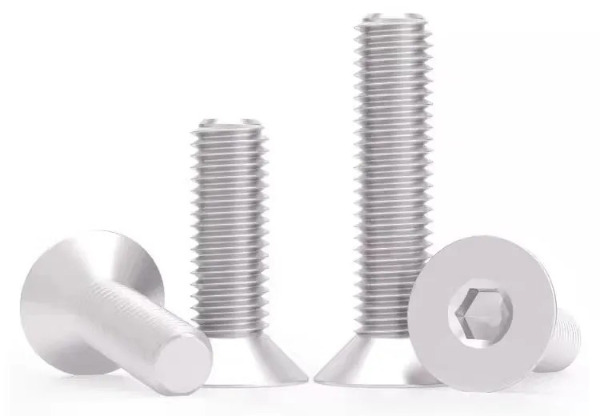
Aluminum alloy screws are known for their lightness, weighing only one-third of carbon steel. They also form an oxide film on their surface, providing some rust resistance.
Applicable Applications
Fixing aluminum alloy doors and windows (matching materials to prevent contact corrosion between dissimilar metals), and weight-sensitive equipment such as drones and bicycles.
Contraindications
Avoid contact with strong acids (such as toilet cleaners and oxalic acid), as this will damage the surface oxide film and cause rapid corrosion. They also have a low load-bearing capacity and are not suitable for securing heavy household objects.
3 Stainless Steel Screw Purchasing Misconceptions for Beginners
Myth 1 - "Stainless Steel Screws Never Rust"
201 stainless steel is often mistaken for 304. It has a low nickel content and will rust within six months when exposed to moisture. When purchasing, be sure to look for the "SUS304" label and request a material inspection report if necessary.
Myth 2 - "The more expensive the screws, the better"
For indoor picture frames, carbon steel galvanized screws are sufficient. Blindly choosing 316 stainless steel is overkill and a waste of money.
Myth 3 - "Don't Consider the Location, Just the Size"
For a fixed air conditioner outdoor unit, choose 316 stainless steel for a coastal setting, while 304 will suffice for dry inland areas. Choosing the wrong material will be useless, even the right size.


